 |
 |
||||||
For his 1926 season of Gilbert and Sullivan operas, Rupert D'Oyly Carte asked Charles Ricketts, A.R.A., to provide new costume designs for The Mikado.
Ricketts was a front-rank English artist who had a fine collection of Japanese prints and was an authority on Japanese costume and art. Whilst closely following Japanese tradition, Ricketts allowed himself some liberties such as the suggestion of "a big black block" in the shape of the Executioner's hat and he dressed the Mikado as a Shogun, or principal representative of the Emperor, rather than as the Emperor himself.
At the time, the new costumes did not meet with universal approval from traditionalists, but the designs (though not the original costumes) remained in use until the D'Oyly Carte Opera Company closed in 1982.
In an interview given to the press, Ricketts said:
I have been severely criticized for redressing The Mikado. But the original setting of The Mikado contains nothing which it is essential to preserve. The piece was staged in a great hurry at its first appearance, and the dressing of it was given into the hands of a costumier who was told to do the best he could. Little was known at the time about Japanese dress, and the result was a production in which the costumes looked like kimonos. The new dresses I have chosen belong to a period — about 1720 — when the national costume was especially beautiful. The girls' dresses in particular were very bright and gay. Therefore there is nothing to lose by making the costumes conform to that period. Indeed the increased artistic effect alone justifies the heavy expense. [Quoted in L. Baily, The Gilbert and Sullivan Book, Spring Books, 1966]
The 1926 Season Souvenir
 |
 |
| Cover | Title Page |
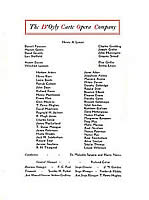 |
 |
| The Company | Ko-Ko & Pooh-Bah |
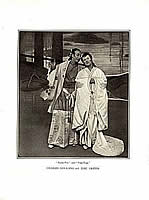 |
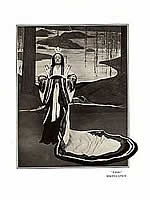 |
| Nanki-Poo & Yum-Yum | Katisha |
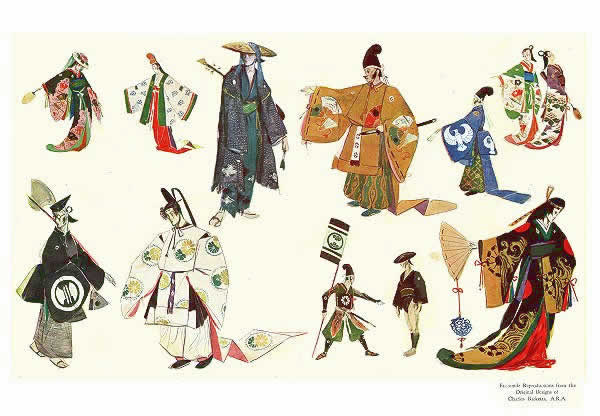 |
| Charles Rickett's Designs |
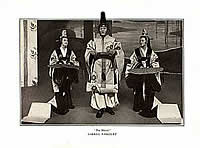 |
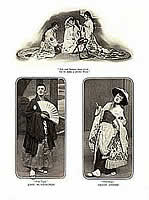 |
| The Mikado | Pish-Tush & Pitti-Sing |
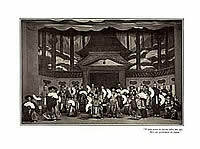 |
 |
| "If you want to know who we are" | "Braid the raven hair" |
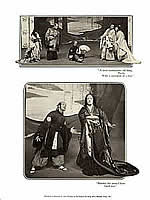 |
| Scenes from Act II |
Page modified 4 November 2019